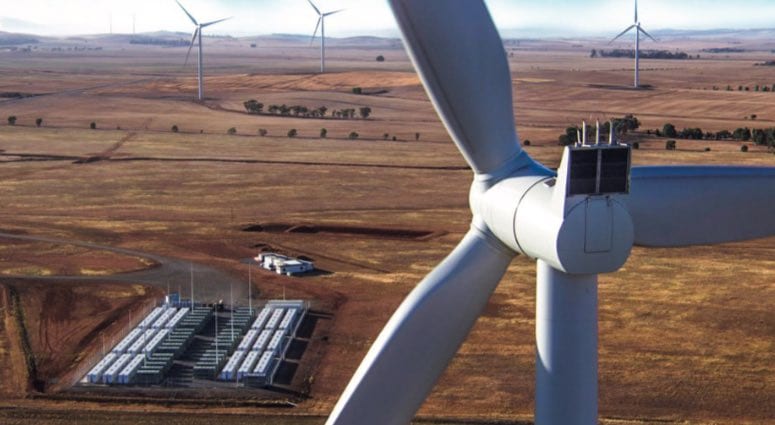Come on NSW and QLD, get some more wind!
Yep. Although it is finally happening, quite a few wind farms under construction in both states.
Bango wind farm in NSW will be 244 MW, 46 turbines, it was to be fully operational by the end of 2022/early 2023. It is the second largest wind farm in the state. More are in the pipeline following the latest REZ auctions.
In QLD, Kaban Green (130 MW), Dulacca (180 MW) and Macintyre (1026 MW - the nation’s biggest) are under construction. Forest Wind is hoping to trump that (1200 MW) and is going through the planning approval process.




